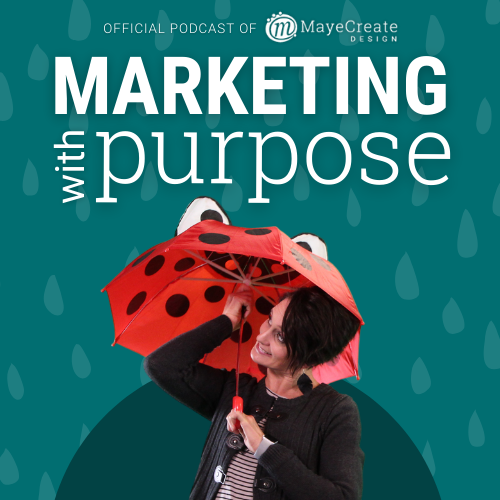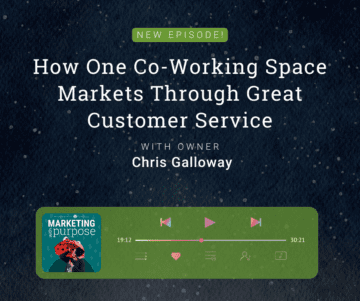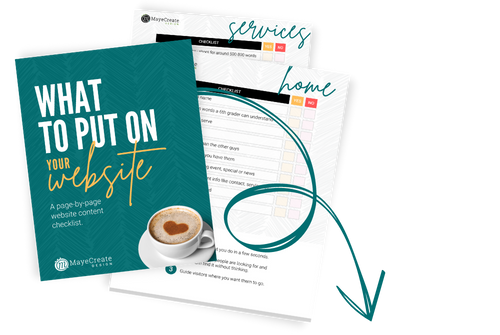Step 1: Stir Up 10 Blog Posts
September 9, 2014

CONSUME CREATIVELY
This content is available in:
This content is available in:
TEXT
Recently we published a 10 Week Blogging Success Recipe outlining 8 steps for jump starting your blogging efforts. As promised, we’re breaking down each of the 8 steps into individual posts to fully explain each direction in detail and provide examples.
The first ingredient the recipe calls for is 10 blog posts. Watch the video below for a quick overview of this step.
Stir Up 10 Blog Posts
As part of the 10 Week Blogging Success Recipe, we’re challenging you to plan out and write 10 blog posts. With 10 blog posts in your back pocket, you can publish one post per week for the next ten weeks, a timeline that I’m sure even the busiest of business people can commit to.
If you’re already feeling overwhelmed by writing 10 blog posts, remember that you probably aren’t the only person at your company capable of writing; you can divvy out the actual writing of the content to other employees, especially if the topic is of particular interest to them or their specialties.
Planning
The first part of the planning phase requires you to figure out what topics you’re going to write about. What you write about should be based on what your target audience, your buyer personas, want to know.
One of the main goals of writing blog posts is to provide your audience with useful, relevant content that answers their questions, so keep them in mind while you’re planning. For example, at MayeCreate we know our target audience is interested in learning about email marketing so we publish blog posts about that topic, such as What NOT To Do in Email Newsletters and 3 Popular Types of Email Newsletters.

Once you have a few hot topics in mind, start planning out your ten blog posts using a template like the one above. For each of your ten posts, jot down the publication date, a title and a short description of the content. Writing titles can be a tricky task, so you may want to write the title after the description or maybe consider revising the title after the entire post in written. However, for the sake of planning, at least pencil in a temporary title.
Writing & Publishing
Once you’ve planned out each post, start writing! You’ll have one week to write and edit each blog post before publishing it to your website. Shoot for a minimum of 300 words per blog post.
As an avid and experienced blogger myself, I’ve outlined a few tips and tricks I’ve learned along the way to make the process easier.
- Find your perfect writing environment. Getting into the zone for writing means something different for everyone, but figuring out what works for you is important for creating good content. If you work best in a quiet room move yourself away from the noise of a busy office space. If you’re able to focus while listening to soothing music, wear headphones while you write.
- Do some research. You don’t have to know everything off the top of your head. It’s perfectly OK, and actually encouraged, that you do research for your blog posts and include some of that research in the post. Citing information related to your topic or discussing interesting findings from other sources in your own content actually works to your benefit by establishing yourself as a credible source.
- Don’t be afraid to ask for help. If you’re stuck on a topic or don’t feel like you fully understand something, your co-workers may be able to provide some inspiration or answers to get you back on track.
- Allow co-workers to review your work. Having another set of eyes go over your blog posts helps to ensure that multiple perspectives are taken into consideration. This editing phase is a great time for others to offer suggestions for improvement and for you to learn how to become a better blogger by applying those suggestions to your future work.
- Read your content out loud. Reading your blog post out loud before publishing it to your website is a great way to help you catch mistakes and prove that the sentences flow well.
- Step away from your work. After spending a few hours writing about one topic, I find it extremely beneficial to walk away from my work before editing it. The time I spend away from it affords me to clear my head and revisit the post with fresh eyes and a renewed mindset, allowing me to catch errors I may have skimmed over before.
Ready for Step 2: Mix In 20 Social Media Posts?
Check out 10 Week Blogging Success Recipe for a complete outline of the recipe ingredients and directions.
[hs_action id=”9190″]
Who Manifested This Madness?

This fabulous human, that's who.
Monica Maye Pitts
Monica is the creative force and founder of MayeCreate. She has a Bachelor of Science in Agriculture with an emphasis in Economics, Education and Plant Science from the University of Missouri. Monica possesses a rare combination of design savvy and technological know-how. Her clients know this quite well. Her passion for making friends and helping businesses grow gives her the skills she needs to make sure that each client, or friend, gets the attention and service he or she deserves.






